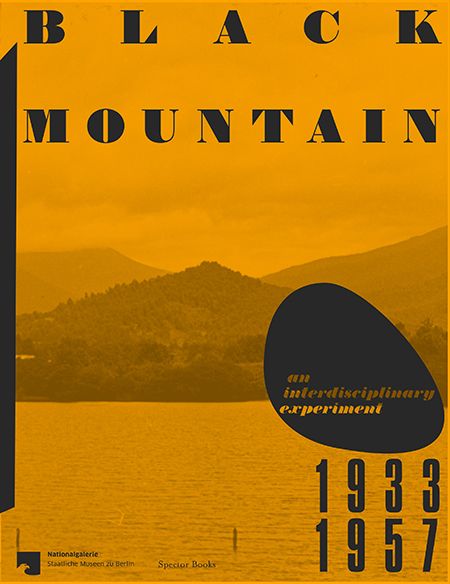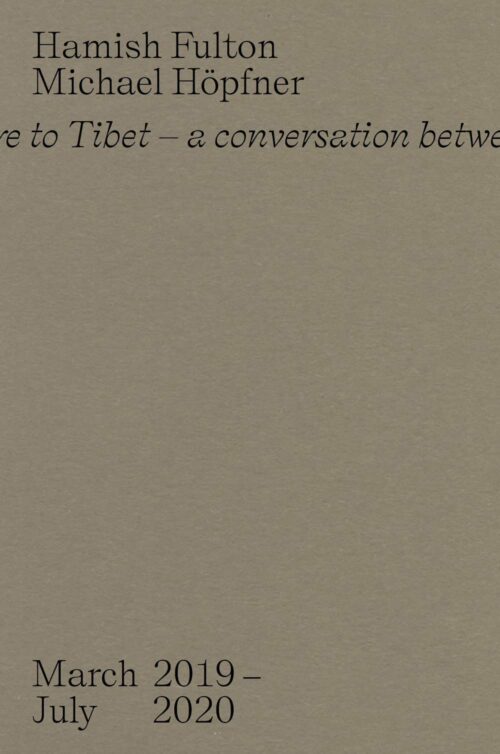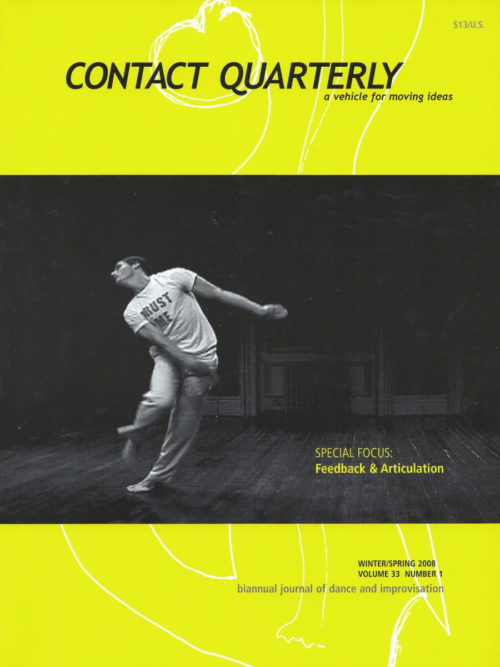SUMMARY
The interdisciplinary and experimental educational ideas espoused by Black Mountain College, founded in North Carolina in 1933, made it one of the most innovative schools in the first half of the twentieth century. Visual arts, economics, physics, dance, architecture, and music were all taught here on an equal footing, and teachers and students lived together in a democratically organized community. The first rector of the school was John Andrew Rice, and Josef Albers, John Cage, Walter Gropius, and Buckminster Fuller were among the many adepts to give courses here. In consequence, Black Mountain College witnessed the development of a range of avant-garde concepts. This richly illustrated book appears in conjunction with the Black Mountain exhibition: June 5th – September 27th 2015, Nationalgalerie im Hamburger Bahnhof – Museum für Gegenwart – Berlin





